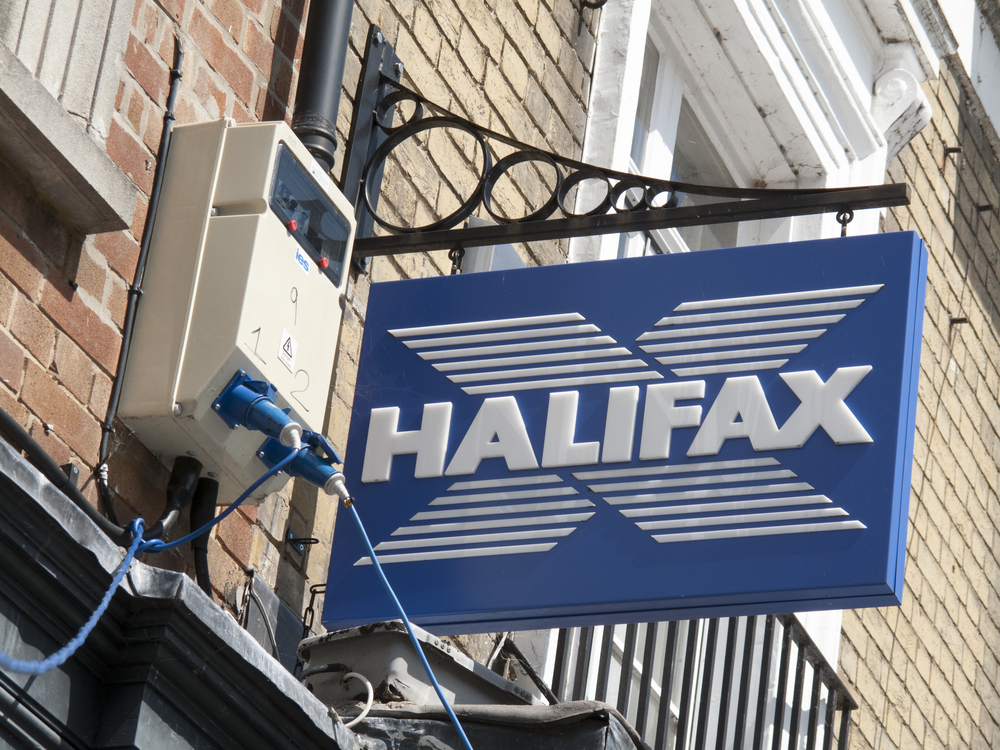 The high street mortgage lender is not the only one adopting this pricing tactic. BM Solutions – which, like Halifax, is part of the Lloyds Banking Group – is introducing selected buy-to-let cuts of up to 0.33% but is increasing rates on five-year fixed remortgages.
The high street mortgage lender is not the only one adopting this pricing tactic. BM Solutions – which, like Halifax, is part of the Lloyds Banking Group – is introducing selected buy-to-let cuts of up to 0.33% but is increasing rates on five-year fixed remortgages.
The fact these lenders are reducing the price of shorter-term fixed mortgages but increasing interest on longer-term equivalents is being seen as further evidence interest rates will fall this year.
Speaking to the Newspage agency, Sean Horton, managing director at Respect Mortgages explained: “This is classic swap rate signalling. Lenders see better value at the short end of the curve, suggesting markets expect base rate cuts this year but are less sure about 2026 onwards.
“The split pricing tells us banks reckon inflation might prove stubborn in the medium term.
“For borrowers, this creates an interesting dilemma – grab a cheaper two-year deal now but risk higher rates when remortgaging, or pay more for five-year security? Expect more lenders to follow suit.
“The message is clear: short-term certainty but longer-term caution. Smart borrowers should think carefully about their risk appetite, affordability and future plans before being lured by those headline two-year rates.”
Two- year versus five fixed rates
For two-and-a-half years the average rate of two-year fixed mortgage products has been higher than five-year deals.
But the gap between the two is narrowing according to data released last week from Moneyfacts which showed the average two-year fixed rate is 0.17% higher than the five-year version. This is the lowest margin since January 2023 when it was 0.16%.
It is expected the Bank of England will not cut interest rates until at least May, but economists predict there will be one or two more rate cuts after this.
You can find out more about the pros and cons of two- and five-year fixed rates in this article. Anyone unsure of the best option is urged to speak to a mortgage broker for advice.




